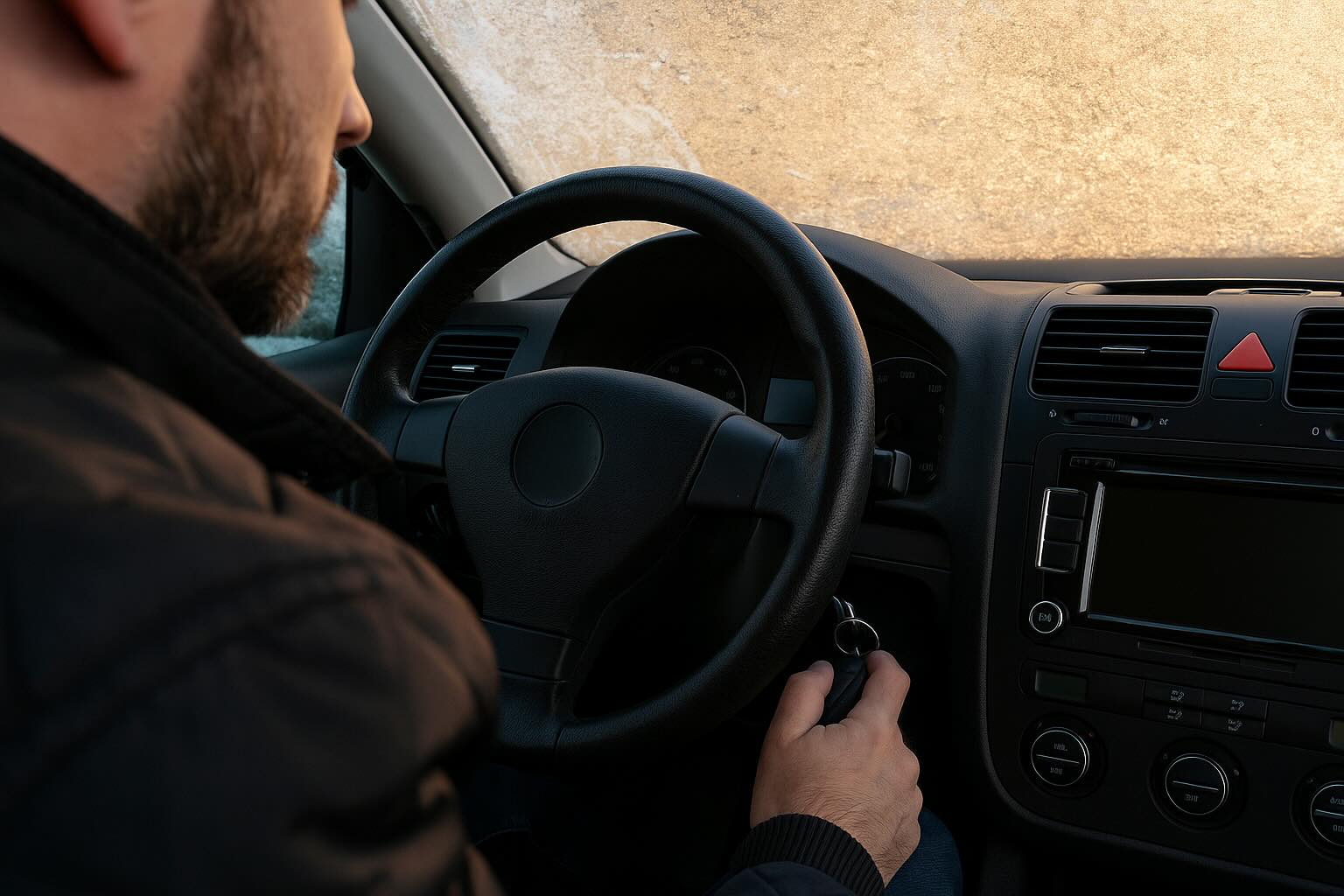You’ve probably heard it all your life: “Start your car and let it warm up for a few minutes before driving.” It sounds logical, right? Especially on cold mornings. But according to modern automotive experts, that advice might be doing your car more harm than good.
In fact, warming up your car the old-fashioned way could be wasting fuel, damaging your engine, and costing you money in the long run.
Modern Engines Don’t Need It
Back in the day—think carbureted engines of the ’70s and ’80s—warming up your car before driving was essential. These engines relied on manual fuel delivery systems that needed time to operate smoothly.
But today, almost every car on the road is equipped with electronic fuel injection. This tech automatically adjusts the air-fuel mix in real time, even when it’s freezing outside. That means your engine is ready to drive almost immediately after startup.
According to the U.S. Department of Energy, idling your engine wastes fuel and increases emissions, even in cold weather. The faster you get the engine under normal driving conditions, the quicker it reaches optimal operating temperature.
Idling Can Actually Damage Your Engine
Letting your car idle for long periods on cold mornings may feel comforting—but it’s harsh on the engine. Why? Because engine oil doesn’t circulate as efficiently at idle.
When you start your car and let it idle in the driveway, the engine warms unevenly. That causes fuel to wash away oil from key components like piston rings and cylinder walls. Over time, this can lead to increased wear, reduced fuel efficiency, and even costly engine repairs.
As mechanic and automotive author David Bennett explains, “Driving the car gently after 30 seconds is better than idling for 10 minutes. It warms the engine more evenly and protects internal components.”
It’s Bad for the Environment (and Your Wallet)
Idling not only harms your car—it also wastes gas. On average, idling burns up to half a gallon of fuel per hour, depending on engine size and outside temperature.
Multiply that across a winter season, and you’re spending more than you think just sitting in your driveway. Worse, you’re emitting more pollutants into the air, especially during cold starts when engines are least efficient.
In some states and cities, idling for too long is actually illegal, and fines can be issued to encourage cleaner driving habits.
So What Should You Do Instead?
Experts recommend a better approach: Start your car, wait 30 seconds to a minute, then drive gently. This warms the engine faster, protects the internals, and gets you on the road without unnecessary fuel burn.
Also:
-
Use the defroster instead of waiting for cabin heat
-
Park your car in a garage or under a cover when possible
-
Keep your battery and fluids in good condition for winter performance
Even on the coldest days, your engine is more resilient than you think. You’ll be helping your car and the planet by ditching the idle-warming routine.
Final Thoughts: Outdated Advice Could Be Costing You
The belief that you must warm up your car before driving may come from a good place—but it no longer applies to modern engines. Today’s vehicles are engineered to handle cold starts efficiently, and idling just isn’t necessary.
If you want better performance, improved longevity, and lower fuel costs, it’s time to change your habits. Start the car, buckle up, and roll out — your engine will thank you.
Do you still warm up your car every morning? Have you noticed a difference when you don’t? Share your thoughts in the comments and pass this along to a friend who still leaves their car running in the driveway!
